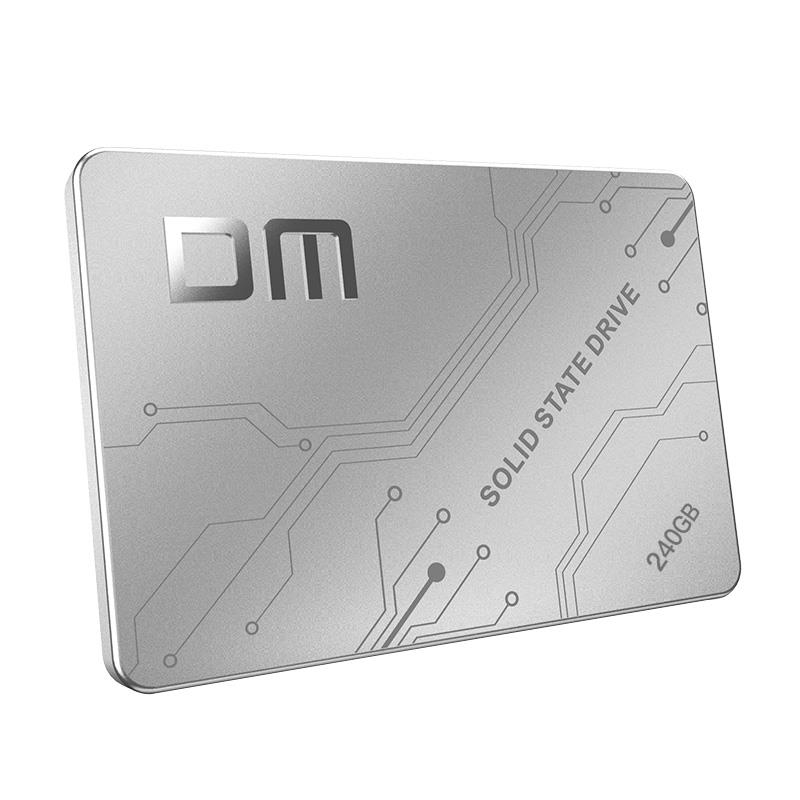An SSD (solid-state drive) is a type of nonvolatile storage media that stores persistent data on solid-state flash memory. Two key components make up an SSD: a flash controller and NAND flash memory chips. The architectural configuration of the SSD controller is optimized to deliver high read and write performance for both sequential and random data requests. SSDs are sometimes referred to as flash drives or solid-state disks.
Unlike a hard disk drive (HDD), an SSD has no moving parts to break or spin up or down. A traditional HDD consists of a spinning disk with a read/write head on a mechanical arm called an actuator. The HDD mechanism and hard disk are packaged as an integrated unit. Businesses and computer manufacturers have used spinning disk historically, owing to their lower unit cost and higher average durability, although SSDs are now common in desktop and laptop PCs

Solid-state drive usage
SSDs provide faster storage and other performance benefits than fixed disk. Businesses with a rapidly expanding need for higher input/output (I/O) have fueled the development and adoption of SSDs. Because SSDs offer lower latency than HDDs, they can efficiently handle both heavy read and random workloads. That lower latency stems from the ability of a flash SSD to read data directly and immediately from a specific flash SSD cell location.
An all-flash array takes only SSDs as storage. A hybrid flash array combines disk storage and SSDs with the flash used to cache hot data that is later written to disk or tape. In server-side flash configurations, SSDs are installed in x86 computers to support targeted workloads, sometimes in conjunction with networked storage.
High-performance servers, laptops, desktops or any application that needs to deliver information in real-time or near real-time can benefit from solid-state drive technology. Those characteristics make enterprise SSDs suitable to offload reads from transaction-heavy databases, to alleviate boot storms with virtual desktop infrastructure (VDI), or inside a stora